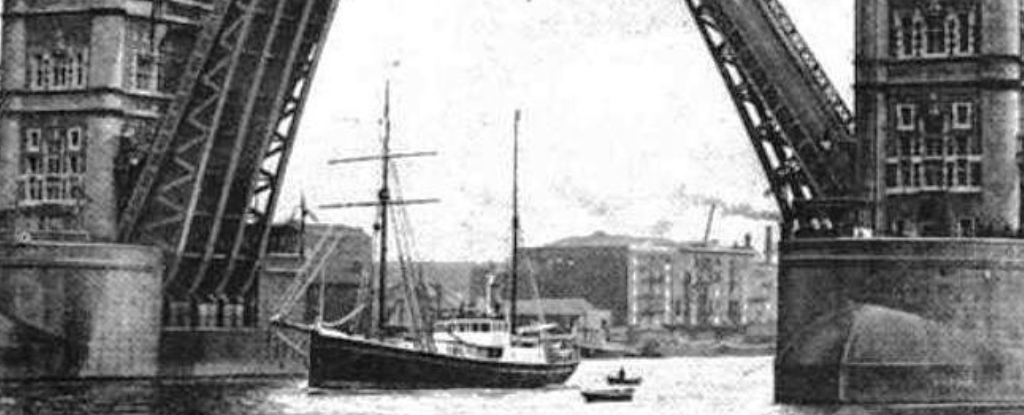Famed British polar explorer Sir Ernest Shackleton’s last expedition ship Quest has been found at the bottom of the Atlantic off Canada’s coast, searchers announced Wednesday.
Royal Canadian Geographical Society boss John Geiger told a news conference the shipwreck was found in the Labrador Sea at a depth of 390 meters (1,280 feet).
“This is a very important vessel historically. It was the final expedition ship of Sir Shackleton,” Geiger said.
“He died on this ship on his final expedition” to Antarctica, Geiger said – though the vessel remained in use for decades after until it sank in the 1960s.
EXPEDITION ANNOUNCEMENT. @RCGS_SGRC @CanGeo CEO @JohnGGeiger and a team of international experts is in the Labrador Sea searching for the wreck of Sir Ernest Shackelton’s #QUEST. Tx to @MemorialU @marineinstitute @WeAreShackleton @FramMuseum @ExplorersClub https://t.co/AvieYihdcA pic.twitter.com/crpZjWRwJR
— Royal Canadian Geographical Society (@RCGS_SGRC) June 10, 2024
Searchers using sonar discovered the wooden-hulled, schooner-rigged steamship on Sunday.
Shipwreck hunter David Mearns said they measured its precise dimensions and compared them to the known dimensions of the Quest, “and they’re spot on.”
“The wreckage also is consistent with what we know about the sinking event, and it’s in the right location where there are no other shipwrecks of this type at all. So that gives us the confidence to say that this is the Quest,” he said.
Mearns showed sonar images of the wreck and described it as “largely intact,” lying upright on its keel and slightly canted over to its port side, while its main mast was found on the seabed.
He said another expedition later this year will aim to photograph and further document the shipwreck.
Shackleton’s legend
Shackleton went down in expeditionary legend after an epic escape he and his 27 companions made – on foot and in boats – after another of his ships, Endurance, sank in icy seas off Antarctica in 1915.
The crew first camped on the sea ice, drifting northwards until the ice cracked open, and then took to lifeboats, sailing first to Elephant Island, a bleak and treeless place where most of the men were dropped off and set up a camp.
Using just a sextant for navigation, Shackleton then took five others in the strongest and most seaworthy boat on a 1,300-kilometer (800-mile) voyage to South Georgia, a British colony where there was a whaling station.
Defying mountainous seas and freezing temperatures, the 17-day trek in the small open boat is considered one of the most remarkable achievements in maritime history. All 28 expedition members survived.

Seven years later, Shackleton died of a heart attack at age 47 aboard Quest when the ship was anchored off the coast of South Georgia.
Quest went on to be used for other expeditions, Arctic rescues, and by the Canadian Navy as a minesweeper during the Second World War before resuming its original work as a seal hunting vessel.
In 1962 it was damaged by ice and sank off the coast of Newfoundland. All of its Norwegian crew survived.





